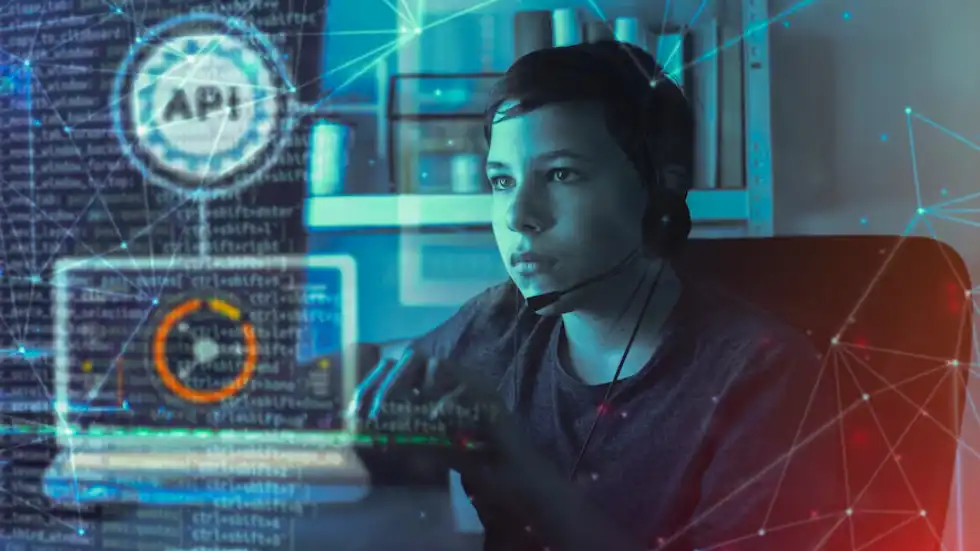Enhancing Requirements Gathering and Planning with AI in Software Development

The initial stages of the SDLC involve gathering requirements and planning the project. Traditionally, this has been a manual and often error-prone process. AI can streamline this phase by using natural language processing (NLP) to analyze stakeholder communications, documents, and user feedback to generate comprehensive requirements automatically.
Tools powered by AI can predict project risks, estimate timeframes, and suggest resource allocations, making the planning phase more accurate and efficient.
Automating Code Generation with AI

One of the most significant impacts of AI in software development is in code generation. AI-powered code generation tools can write boilerplate code, suggest snippets, and even complete entire functions based on the developer’s intent.
These tools, such as GitHub Copilot, leverage vast datasets of code repositories to assist developers in writing cleaner and more efficient code. It not only speeds up the development process but also reduces the likelihood of errors.
Intelligent Code Reviews and Debugging with AI

AI is transforming the way code reviews and debugging are conducted. Machine learning algorithms can analyze code for potential bugs, vulnerabilities, and code smells.
They can also provide recommendations for improvement based on best practices. Tools like DeepCode and Codota use AI to learn from millions of codebases, offering developers instant feedback and suggestions to enhance code quality and security.
Revolutionizing Software Testing with AI

Software testing is a critical phase of the SDLC, and AI is making it more efficient and effective. AI-driven testing tools can automatically generate test cases, predict potential failure points, and prioritize tests based on risk analysis.
These tools can also adapt to changes in the code, ensuring that the most relevant tests are run. For instance, AI can identify which parts of the application are most likely to be affected by a new code change and focus testing efforts there, thereby saving time and resources.
Enhancing Continuous Integration and Continuous Deployment (CI/CD) with AI in Software Development

Continuous Integration and Continuous Deployment (CI/CD) pipelines benefit significantly from AI integration. AI can optimize these pipelines by predicting build failures before they happen, recommending fixes, and even automatically deploying patches.
It leads to a more reliable and faster release cycle. Moreover, AI can analyze past deployment data to identify patterns and suggest improvements for future deployments.
Improving Maintenance and Support with AI

Post-deployment, software maintenance, and support are crucial for the long-term success of any application. AI can predict when and where issues are likely to occur, allowing teams to address potential problems before they impact users proactively.
AI-driven analytics can also provide insights into user behavior and application performance, helping teams make informed decisions about updates and improvements.
The Future Outlook

As AI and ML technologies continue to advance, their role in software development will only grow.
We can expect AI to handle more complex tasks, such as architectural design, feature selection, and even project management.
Furthermore, the integration of AI with other emerging technologies like the Internet of Things (IoT) and blockchain will open new avenues for innovation in software development.
The Future is Intelligent

The future of AI in software development promises a more efficient, reliable, and intelligent SDLC. Developers will be able to focus more on creative and strategic tasks while AI handles the repetitive and mundane aspects of coding, testing, and maintenance.
This symbiotic relationship between humans and machines will lead to higher-quality software, faster development cycles, and, ultimately, more innovative solutions to the challenges of tomorrow.
In conclusion, the transformative power of AI and ML in software development is undeniable.
As we continue to explore and harness these technologies, the software development landscape will evolve, paving the way for a new era of intelligent and automated development processes.
The future is bright, and AI is leading the charge towards more advanced and efficient software development.
Additional Resources:
